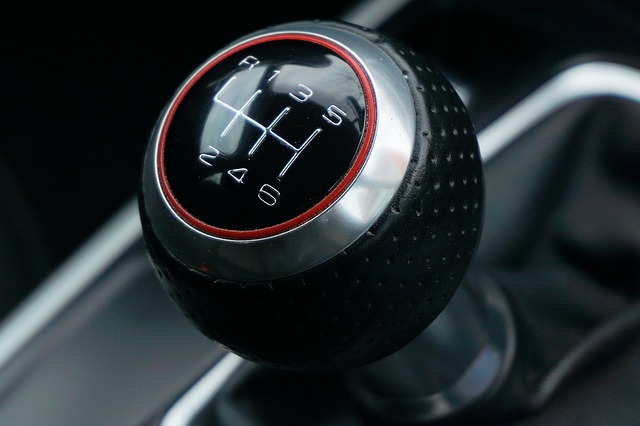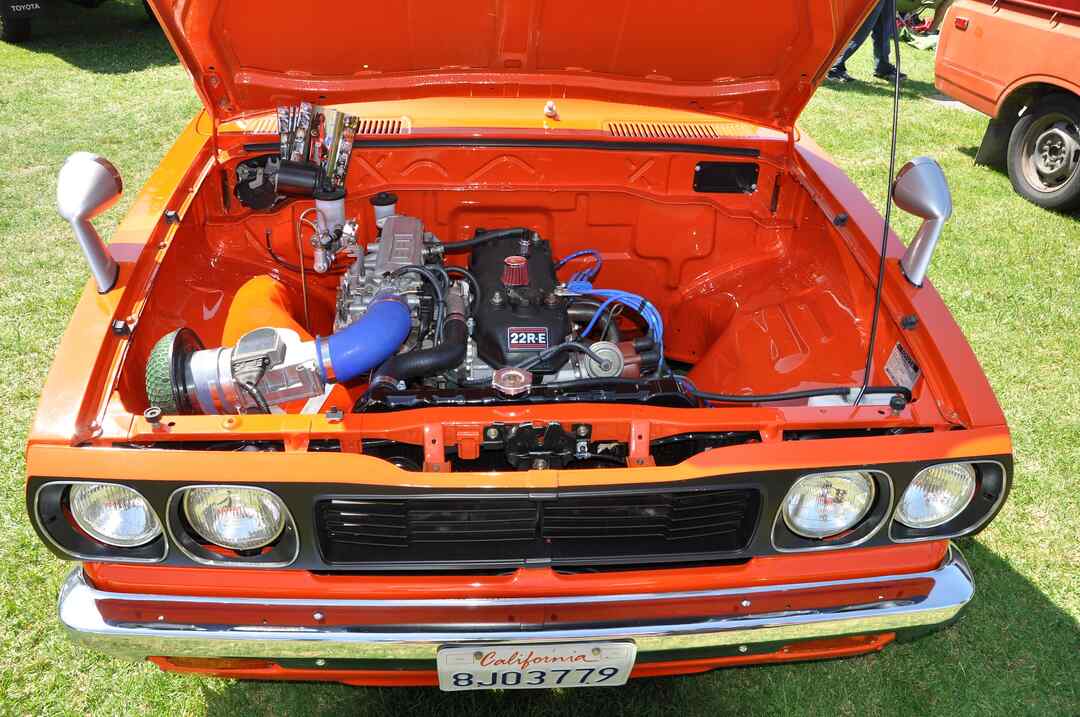Automatic and manual transmission systems are based on fundamentally different configurations and principles to control speed variation. To learn about automatic vs manual transmission, it is important to understand the principles on which they operate. Manual transmission systems basically use a paired gear system for the purpose, while automatic transmission systems use sets of planetary gear sets.
A second basic difference is that the braking system in manual transmission used a clutch pad, whereas automatic transmission uses a torque converter.
Basics of Manual Transmission Construction
The automatic vs manual transmission debate can be explained in terms of construction. A manual transmission system consists of three main sections called the input shaft, intermediate shaft, and output shaft. The gears of the input and intermediate shafts rotate at the same speeds. However, the gears on the output set have different gear ratios, due to which they rotate at different speeds. The function of the transmission system is to control the speed of the output gears. A gap exists between the output gears and the shaft.
The second domain of the automatic vs manual transmission debate relates to the gear change mechanism. To rotate the shaft with the gear, the space must be filled. A hub is placed over the shaft with a sleeve wrapped over it. The sleeve is moved to connect any of the gears to the hub, and through it to the shaft. Thus, the shaft rotates at the speed of the connected gear.
To complete the connection, the power flow to the transmission system is first broken by pressing the clutch pack. A synchronizer ring and friction cone are used to match the speed of the gear with the sleeves. Once this connection is made, the clutch pack is engaged and power to the transmission is resumed. As it appears, every time the driver needs to change the gear, he or she must disengage and reengage power to the transmission. This leads to frequent drops in speed in between gear changes.
We now move to the next part of automatic vs manual transmission. Automatic transmission systems work very differently. The basic logic behind using an automatic transmission system is to avoid the loss of speed caused by having to frequently disengage and reengage power to the transmission system. The basic construction of the automatic transmission system consists of a set of planetary gears. These include two input and one output gear. To bring about changes in speed, all the driver needs to do is change the speed of the input gears. Thus, by varying the speeds of the input gears, the output speed can be changed. Usually, an automatic transmission system consists of a pair of planetary gear sets. The two are fitted together in such a way that the output gear (called the carrier) of the second set fits into the input gear of the first set.
Another difference in automatic vs manual transmission is the use of clutch packs. The motion of the ring gears in automatic transmission is controlled by a pair of clutch packs. The two clutch packs serve as an antagonistic pair. When one clutch pack is pressed, the other is released, and vice versa. So, when the driver presses a clutch pack, the corresponding ring gear comes to rest while the carrier continues to rotate. If the driver presses the first clutch pack, it causes the first ring gear to be stationary. In such a condition, the transmission is said to be in first gear.
The output speed can be increased by releasing the first clutch and pressing the second. This causes the other input ring gear to rotate since it is directly connected to the carrier of the second planetary gear set. As far as automatic vs manual transmission is concerned, this system does not result in any loss of power during gear changes. Thus, by using a pair of planetary gears, we can attain four different output speeds. Adding a third set of planetary gears, the number of possible speeds goes up to six. The third gear set also enables us to set the car in reverse gear.
When comparing automatic vs manual transmission, there are clear advantages and disadvantages to both. Automatic transmission systems ensure a constant flow of power throughout the system, resulting in a more comfortable driving experience. Since the transmission is automated, it becomes comparatively easier to control gear changes. Despite these benefits, automatic transmission is more expensive and is difficult to repair.
On the other side of the automatic vs manual transmission divide, manual transmission systems reduce the overall price of the car since they are cheaper. Moreover, because the components in manual transmission are separate, they are easier to repair than automatic transmission systems. However, they are not very efficient because of the frequent loss of power during gear changes.





Wow! Thank you! I continually needed to write on my site something like that. Can I include a part of your post on my website?
I am truly grateful to the owner of this web site, who has shared this great paragraph at this place.